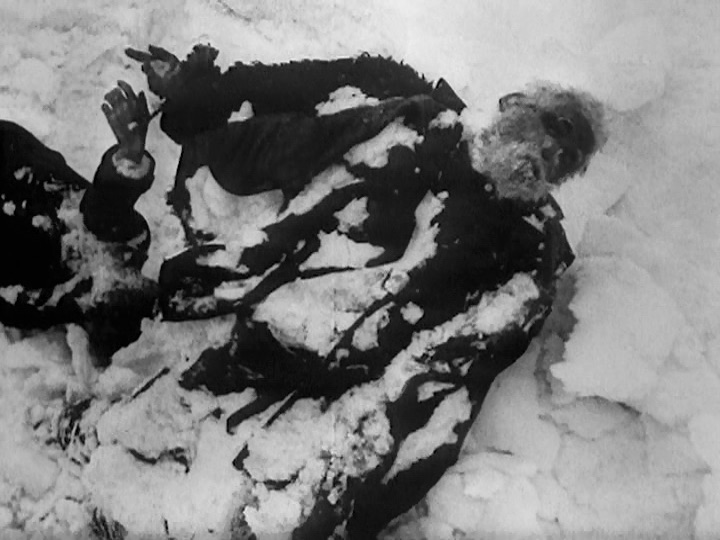Images of the atrocities committed by the Wehrmacht began to appear on American movie screens in 1942 and these images were often recycled in subsequent years, augmented by others as the Red Army pushed the Germans out of Ukraine and entered Polish territory. What kinds of images from what Russian sites American distributors and adapters choose to represent the atrocities committed? How did the images come to the United States and in what cinematic formats? In what ways were the images contextualized for American audiences? When did American viewers see them and in what venues in the United States? What can be said about American reactions to such images?
H2020 “Visual History of the Holocaust”. Research Seminar 2021–2022:
As part of the Horizon 2020 project “Visual History of the Holocaust”, this seminar focuses on film documents created by Soviet filmmakers during the liberation of Nazi-occupied territories. The history of the Holocaust in Eastern Europe, the literature on mass violence, and the history of still and moving images serve to contextualize this little-known corpus of Soviet film images documenting Nazi crimes. Participants are invited to examine the period from 1941 to 1947, and thus to consider the different phases in which the identity of the victims was explicitly discussed or ignored. The seminar aims to engage in a dialog about the visual traces of Nazi atrocities in Central and Eastern Europe and the USSR. The Research Seminar 2021–2022 is hosted by CERCEC and coordinated by Sarah Gruszka, Valérie Pozner, and Irina Tcherneva.
Registration:
For participation please register by sending an email (Subject: VHH Research Seminar Registration) to Irina Tcherneva (irina.tcherneva@palimpsestes.net).

